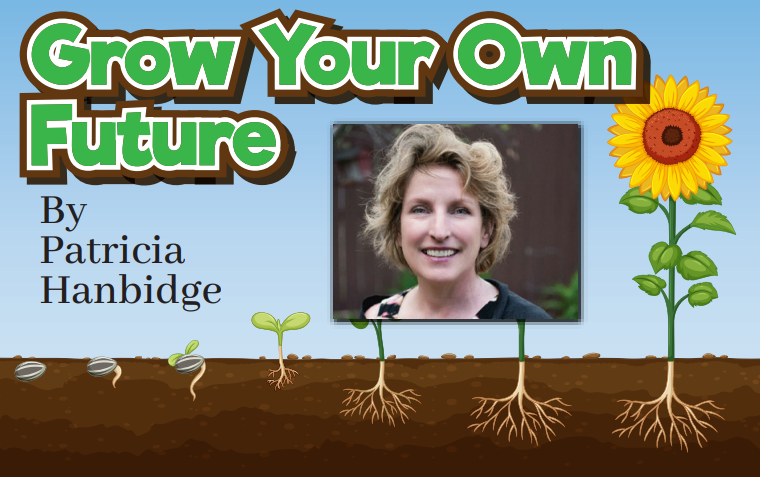In Canada, Pollinator Week 2025 is celebrated from June 16 to 22. This event was initiated by Pollinator Partnership, which is a United States not-for-profit dedicated to the health, protection and conservation of all pollinators. This annual event has grown internationally and involves a broad collaboration of diverse partners.
Pollinators are organisms that play a crucial role in plant reproduction by transferring pollen from the male part of a flower (anther) to the female part (stigma). Pollinators are vital for the production of many crops, including fruits, vegetables, nuts and seeds and also contribute to the health and biodiversity of ecosystems. They include a wide variety of species, with bees being the most common. However, other important pollinators include butterflies, moths, wasps, flies, some beetles, hummingbirds and bats.
Bees are the most important group of pollinators. Except for a few species of wasps, it is only the bees that deliberately gather pollen to bring back to their nests for their offspring. Bees also exhibit a behaviour that is called flower constancy, which means they repeatedly visit one particular plant species on any given foraging trip.
A female bee on a single foraging trip may visit hundreds of flowers, transferring pollen throughout the entire trip. Other pollinators like butterflies, moths, flies, wasps and beetles visit the flowers to feed on the nectar or the flower itself and do not collect pollen.
There are an estimated 20,000 different species of bees worldwide, with about 3600 that are native to North America (north of Mexico). Their body length ranges from 2 to 25 mm and range in colour from dark brown or black to red or metallic green and blue. Some have stripes of white, orange, yellow or black and a few even have opalescent bands.
Pollinators are vital for the environment and human food supply, being responsible for one out of every three bites of food we eat. However, pollinator populations are declining globally due to habitat loss, pesticide use and climate change. We need to protect and support pollinators to maintain food security, ecosystem health and biodiversity.
There are many things that you can do to help provide habitat for pollinators. Plant native plants as they have co-evolved with local insect species and provide a suitable source of nectar and pollen. Plan for continuous bloom in your garden, which is not only good for pollinators but lovely for the humans too. Provide diverse flower shapes and colours to ensure you can attract and provide for all pollinators. Choose a sunny spot, as most pollinators are cold-blooded and need the sun’s warmth to be active. Ensuring you have shelter from the wind to allow your pollinators to be more comfortable. All living critters need water, so a shallow bowl filled with rocks is a great way to provide water to even the smallest pollinator. If you leave a messy bit somewhere in the garden, you will see that many pollinators will be found in this area. If you do not like to view the messy bit, tuck it in behind some vegetation so you can not easily view it. Last but not least, do not use pesticides.
Hanbidge is the Lead Horticulturist with Orchid Horticulture. Find us at www.orchidhort.com; by email at [email protected], on Facebook @orchidhort and on Instagram at #orchidhort.
Tune into GROW Live on our Facebook page https://www.facebook.com/orchidhort or check out the YouTube channel GROW…




